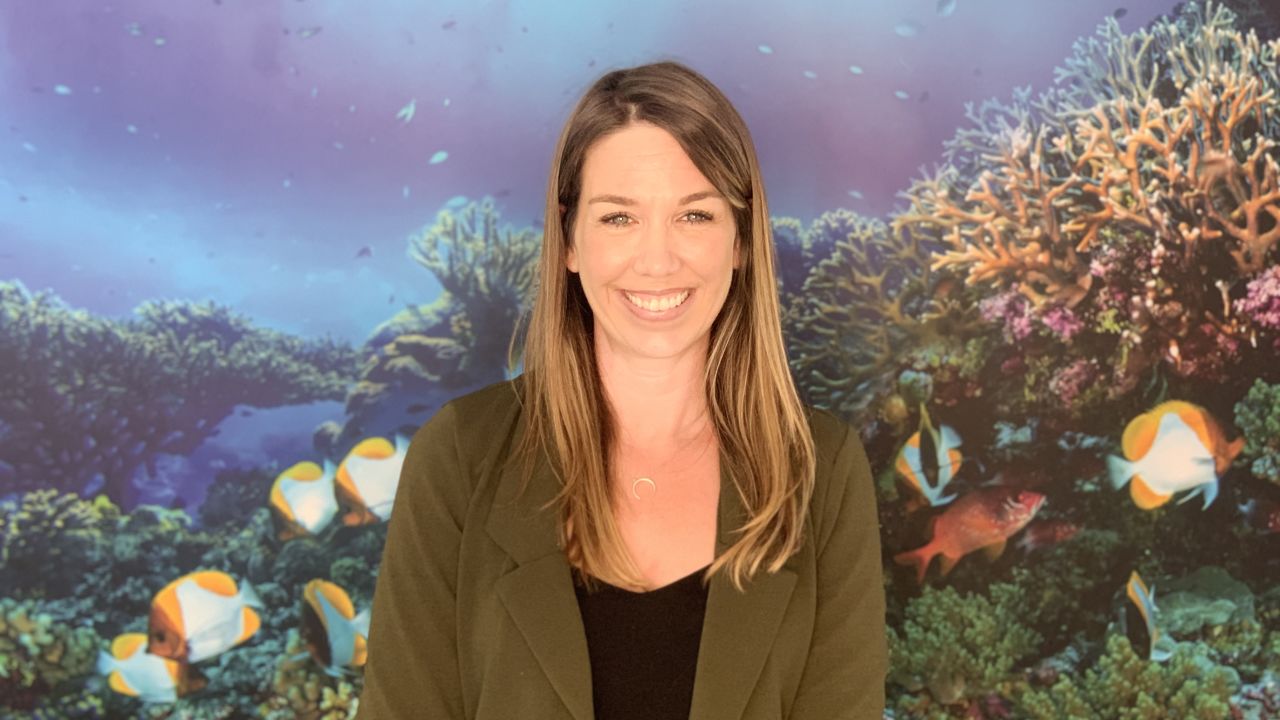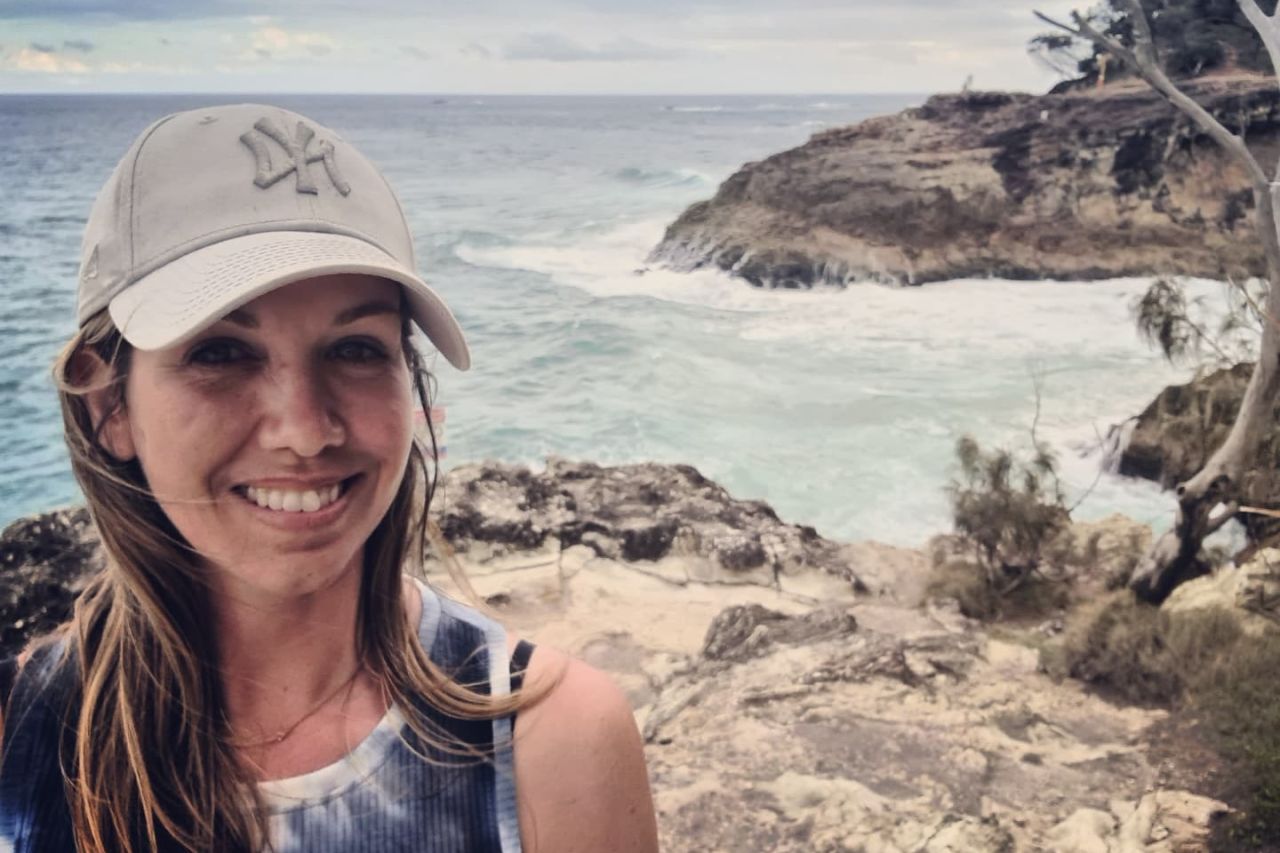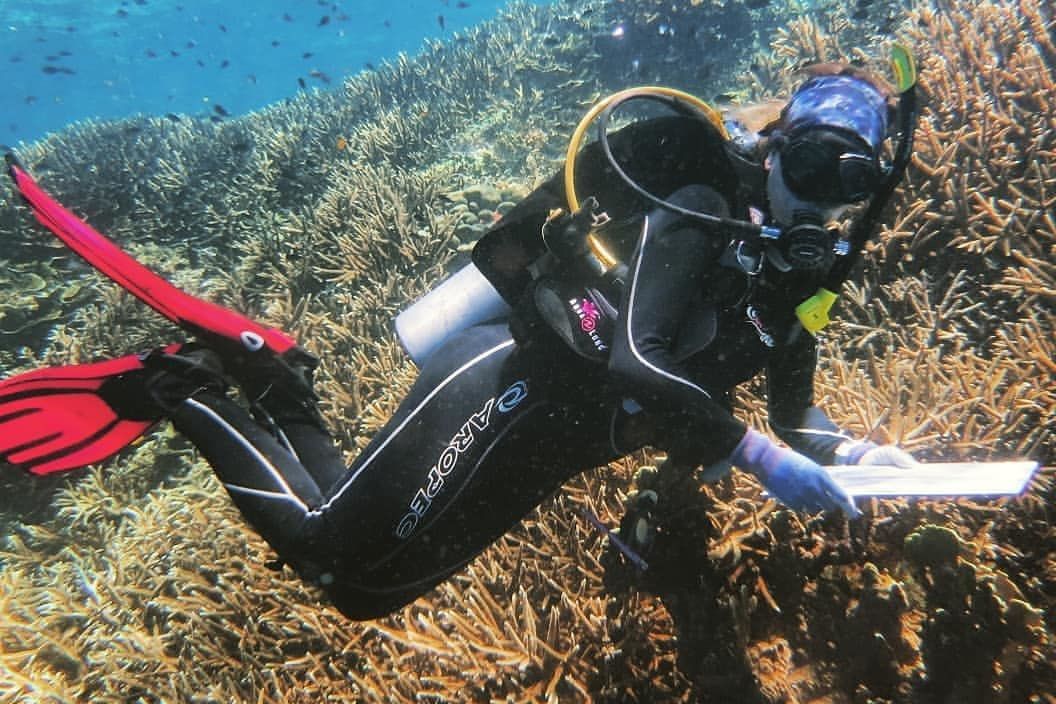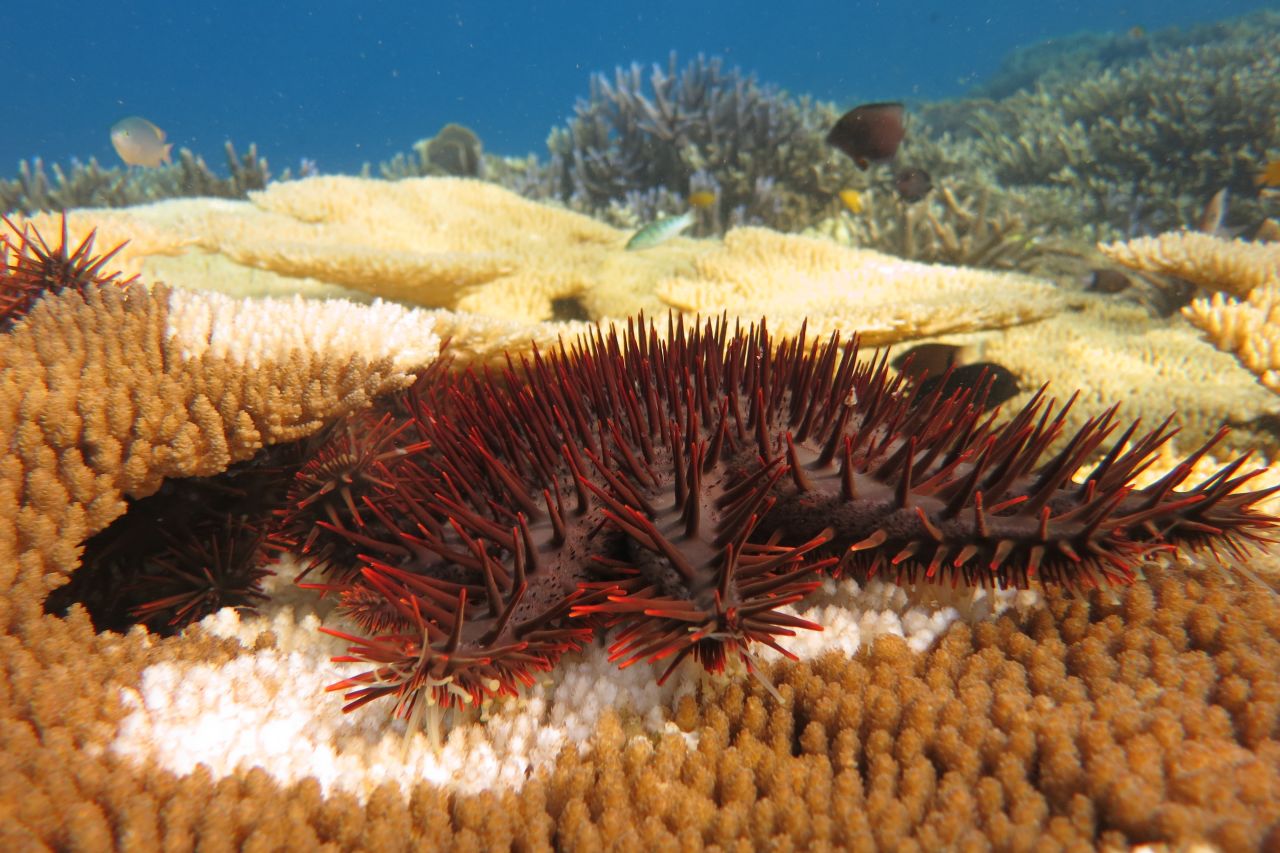People of the Reef ·
Mary Bonin: ‘Billions of tiny plants and animals worked to build our unique Reef’
Mary Bonin describes the Great Barrier Reef as a living miracle and is dedicating her life to protecting it. She leads the Great Barrier Reef Foundation’s work to tackle crown-of-thorns starfish outbreaks – one of the biggest threats to the Reef.

Dr Mary Bonin fell in love with coral reefs in Kenya when she donned a snorkel for the first time near Diani beach, about an hour south of Mombasa. Originally from Minneapolis, Minnesota, Mary was in Kenya for a semester abroad studying Wildlife Management as part of her undergraduate degree.
The experience revived her childhood fascination with the underwater world.
“Minnesota is known as the Land of 10,000 Lakes and I grew up fishing with my dad. We even went ice fishing,” she says.
“I’ve always been fascinated by what was going on underwater and wanted to understand the plants and animals living in those underwater worlds. Coral reefs, like the Great Barrier Reef, were the places I dreamed of visiting and studying as a kid. I’d only read about them in books until I was 20 years old and had the opportunity to visit one in Kenya.”

After finishing her undergraduate degree in Colorado, Mary travelled to Panama in 2003 to take a coral reef ecology course. The following year she moved to Australia to do her PhD in Marine Science at James Cook University in Townsville.
“My interest in coral reefs has taken me to some interesting places including Papua New Guinea, Saudi Arabia, Malaysia, Panama, Kenya and Hawaii, but Australia is one of the best places in the world for coral reef research,” she says.
“The Great Barrier Reef ecosystem is the product of billions of tiny plants and animals working together over millennia to build vast reef habitats that are collectively bigger than entire countries. And today these reef habitats are home to thousands of species of plants and animals, many of which are incredibly beautiful and unique.
“It’s an amazing feat of nature and nothing short of a miracle in my book. And we are lucky enough to be able to visit and be a part of this living miracle.”

Mary works at the Great Barrier Reef Foundation leading the COTS Control Innovation Program, a collaborative research program which brings together scientific experts to develop innovative and scalable ways to manage outbreaks of a major reef pest, the crown-of-thorns starfish (COTS).
COTS are one of the leading causes of coral loss on the Great Barrier Reef over the past 40 years. When an outbreak occurs, the starfish can strip a reef of 90% of its living coral tissue. Our Reef is experiencing its fourth major COTS outbreak since the 1960s.
“Outbreaks of these thorny pests are a real problem for the Great Barrier Reef and many other reefs around the world,” Mary says.
“These pests eat the corals that provide the habitat for so much of the life on coral reefs, and they can wipe out entire reef systems when the outbreaks get out of control.
“Over the past five years, I’ve worked to improve our ability to manage these damaging outbreaks, by applying pioneering science to revolutionise the way we manage these pests in the environment.”
Today the Great Barrier Reef’s COTS Control Program is a world-leading example of how to manage these pests.
“I’m so inspired when I reflect on how far we’ve come, and so excited for the future advances we can still make to help protect reefs from these pest outbreaks,” she says.
“The natural world gives so much to humanity, and to me personally on a daily basis. I feel compelled to dedicate my life to serving and protecting it.”

Crown-of-thorns starfish are one of the greatest threats to the long-term health of the Reef.
Mary says her favourite animal on the Reef has to be the cuttlefish, which despite its name is not a fish but a highly intelligent invertebrate that’s related to the octopus.
“They’re so intelligent in a way that is akin to human intelligence, but also transcends it,” she says.
“Not only are they able to problem-solve and maintain long-term memories like us, but they can also regenerate their limbs and seamlessly harmonise with their environment, effortlessly changing their skin texture and colour to camouflage themselves. That’s next level intelligence!
“Every interaction I’ve had with them underwater is special and I often get the distinct impression they’re the ones studying me rather than the other way around.”
Mary says that while it isn’t too late to save the Great Barrier Reef and other coral reefs around the world, they are under serious threat from climate change and other impacts, including crown-of-thorns starfish outbreaks.
“I’ve personally witnessed reefs bounce back after serious impacts, so they have that capacity,” she says.
“But they need our help. Our window to act is now.”




